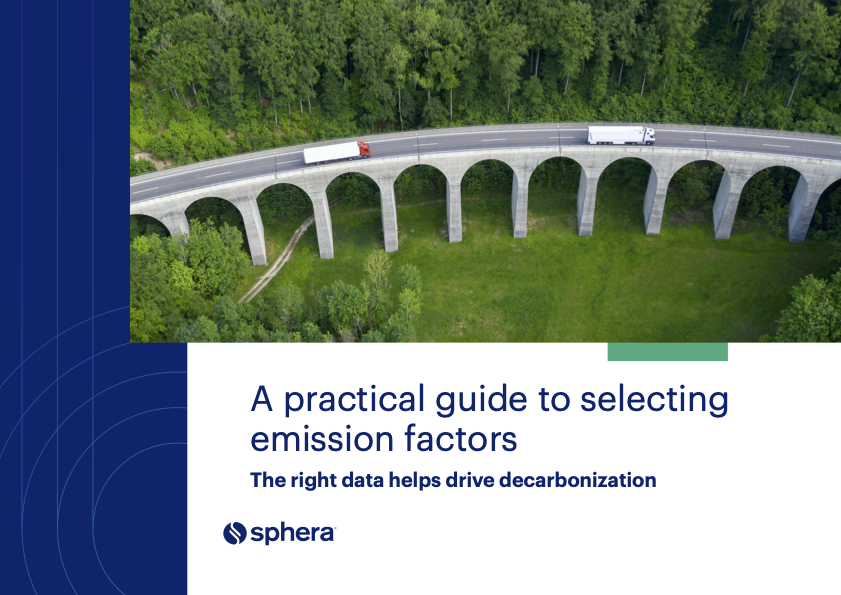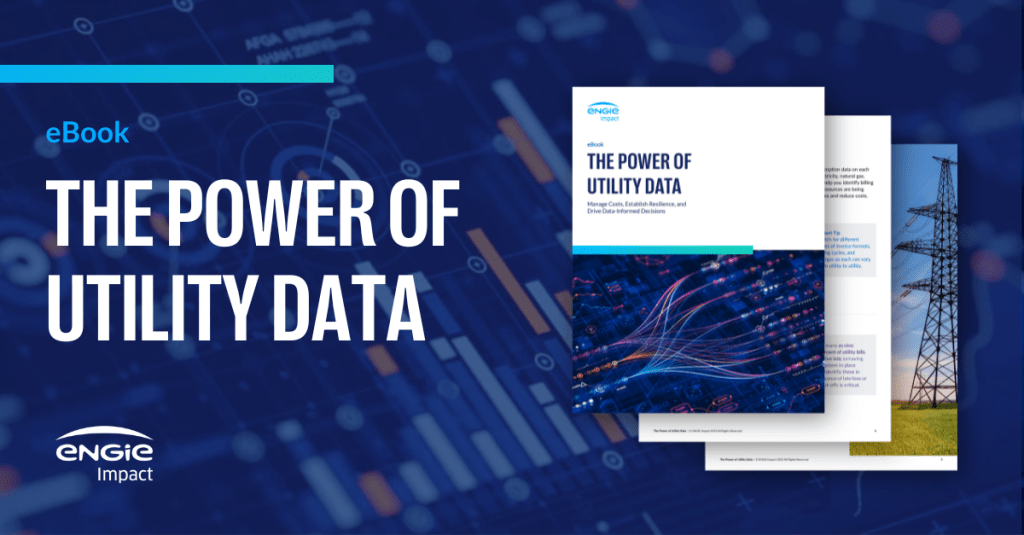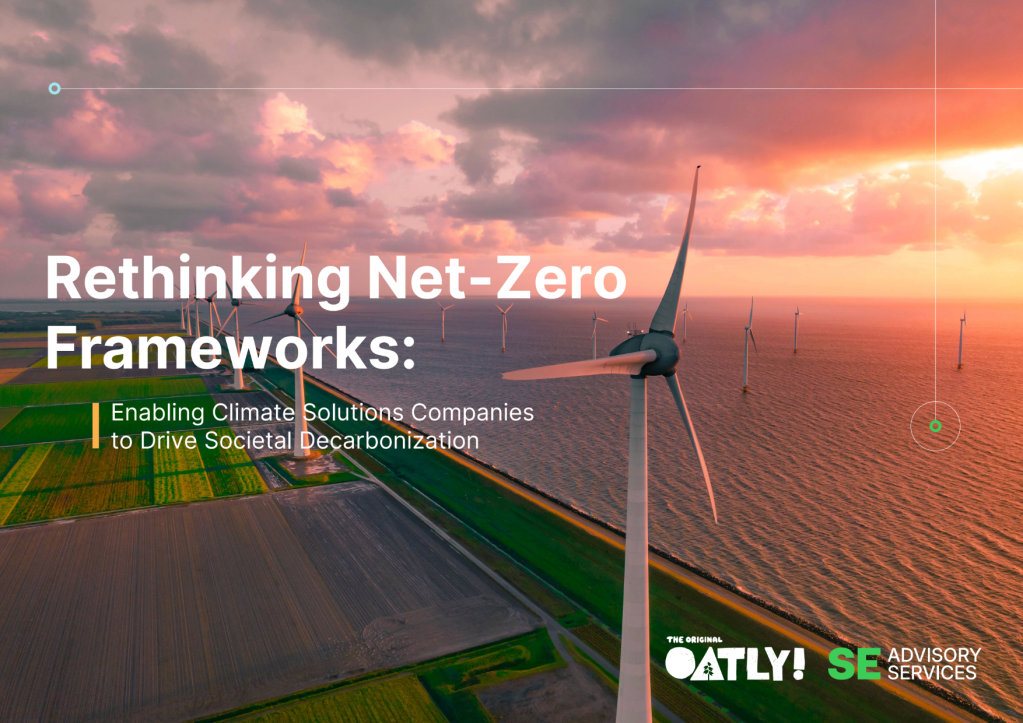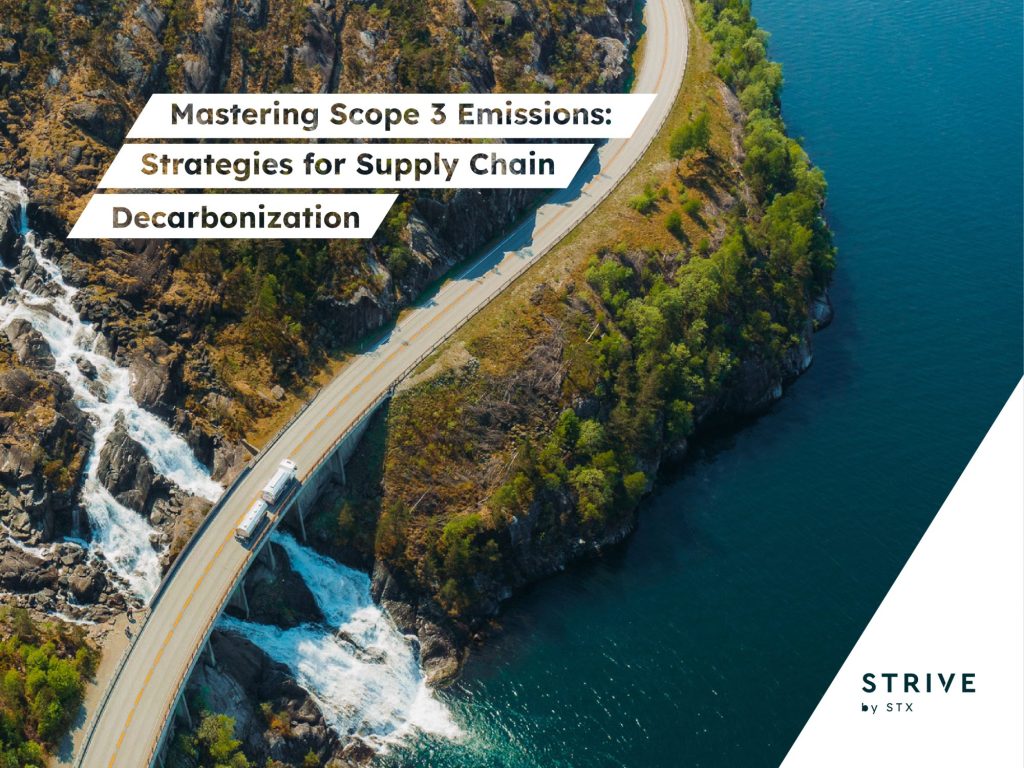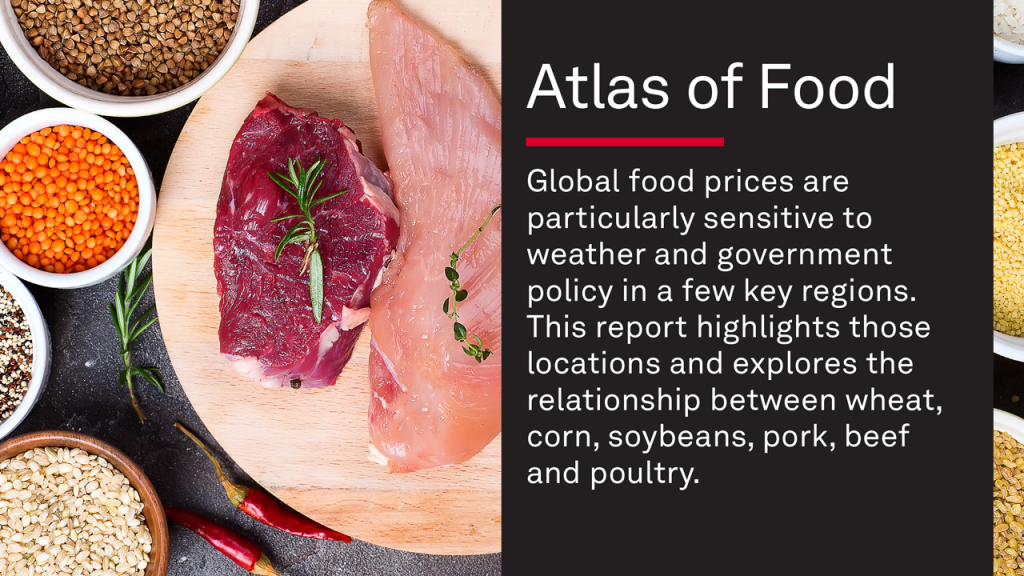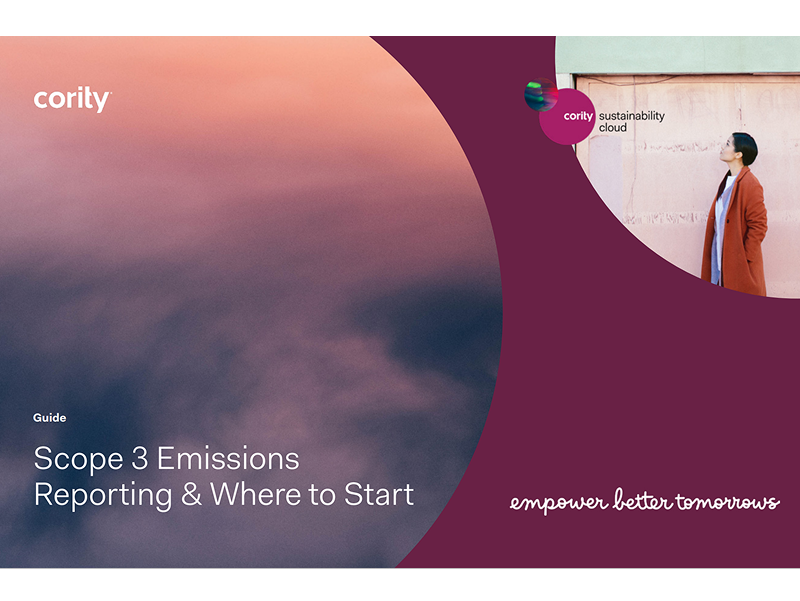Disclosure rates rise while progress on target-setting falters, UCLA study finds
The number of S&P 500 companies setting interim net zero targets fell between 2022 and 2023. Read More

-
- Disclosure of Scope 1 and 2 emissions is widespread in the S&P 500 and Scope 3 is catching up
-
- The proportion of companies setting targets for Scope 1 and 2 stalled in 2023 at just over 50 percent
-
- The study contains multiple data points sustainability leaders can use to benchmark company progress
Emissions target setting among America’s largest companies shows limited signs of improvement — and one key metric has declined.
That’s according to researchers at the University of California, Los Angeles, who reviewed sustainability reports, climate transition plans and other material from 2023 for S&P 500 companies, which together make up around 80 percent of the value of the U.S. market.
Looking up: Disclosure
Disclosure of Scopes 1 and 2 is becoming uniform and Scope 3, where disclosure rates have historically been much lower, is catching up.
But the headline number for Scope 3 hides inconsistent reporting across the 15 different categories of emissions that make up the scope.
The focus on business travel — Scope 3 Category 6 — is likely because the data is relatively easy to collect, suggested the UCLA team, which was led by Magali Delmas, a professor of management. “Category 6 represents just 12.5 percent of overall reported Scope 3 emissions,” the researchers noted, “highlighting a clear disconnect between ease of reporting and emissions significance.”
Going nowhere: Target setting
Disclosure is intended to be a first step toward setting and implementing targets for emissions reductions. And when it comes to net zero targets, progress on Scope 3 also remains solid, but movement on Scopes 1 and 2 has all but stalled.
Net zero commitments typically have a target year between 2040 and 2050. To ensure that companies do not delay taking action, standard setters such as the Science Based Targets initiative require companies to set interim goals, often for 2030. But the number of companies doing so declined between 2022 and 2023.
“This is worrisome,” the report noted, “as these near-term goals are crucial for tracking progress and identifying emission-reduction opportunities.”
The UCLA study is one of several from the past year to have looked at disclosure and target setting in the private sector, including a PwC survey, which painted a broadly positive of corporate action, and another from Accenture, which surfaced more mixed results. The results are not necessarily contradictory, in part because each study looked at a different sample of companies: PwC surveyed disclosures made by CDP by 7,000 companies and Accenture looked at the largest 2,000 companies by revenue.
[Join more than 5,000 professionals at Trellis Impact 25 — the center of gravity for doers and leaders focused on action and results, Oct. 28-30, San Jose.]

Subscribe to Trellis Briefing
Featured Reports




